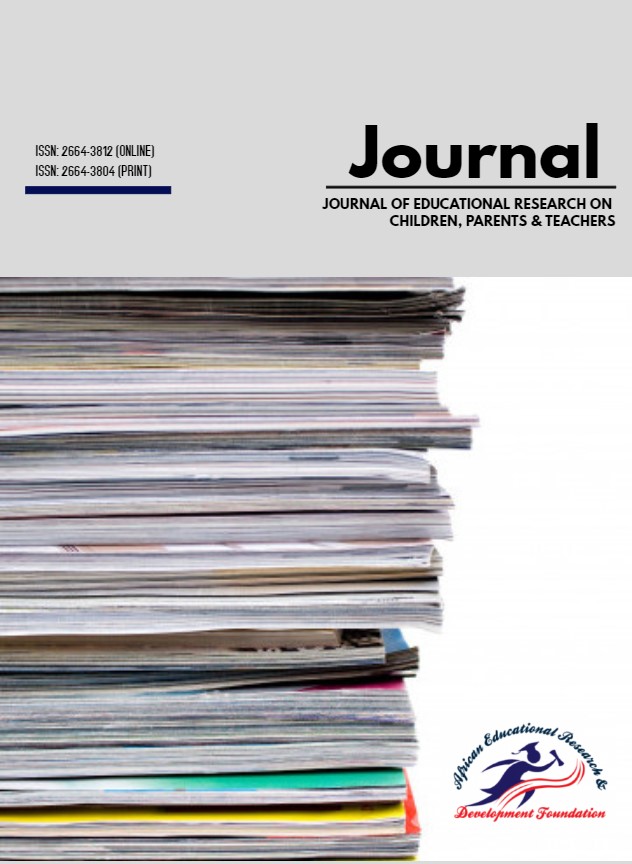Adonu, I. Ifeanyi1
Eze, A.E2
Odo, J.A3
Ihediohamma, C.A4
Ejinkonye, F.O5*
1,2,4,5Department of EDUPSY (Measurement and Eval. Unit), Federal College of Education Eha-Amufu, Enugu State
3Department of General Studies, Federal College of Education Eha-Amufu, Enugu State.
Correspondence: Ejinkeonye, F.O; ejinkonye.felicitas@fceehamufu.edu.ng

Abstract
[Full Article]
The aim of the study was to assess the dimensionality of WAEC and NECO practical physics tests using partial credit model. Two research questions and two hypotheses were formulated to guide the study. An instrumentation research design was adopted. A sample of 670 SS3 students were drawn using a multistage sampling procedure. WAEC and NECO for years 2020 and 2021 were used for data collection. The data was subjected to analysis using infit, outfit statistics and response residuals. The study found out that majority of the items on the practical tests had fit statistics that were within the
accepted/recommended range that depicts unidimensionality and in effect valid items. The hypothesis indicated consistently that there is no significant difference in the fit statistics of WAEC and NECO practical physics tests. Based on the findings of the study it was recommended that test makers and stakeholders in the education industry are to always utilize IRT model and precisely partial credit analysis for development and analysis of polytomously scored items to enthrone objectivity fully into assessment.
Keywords: Dimensionality, Infit, Outfit statistics, PCM, WAEC, NECO
Publication Date:
07/2023
Volume, Issue and Page Number:
Vol.4, Issue 1, Pg. 68-79
License:
Subscribe To Us
You can subscribe to articles by our contributors and authors by filling in the form with your email address. Your research interest is our interest.
Designed & hosted by Be IT Specialists

